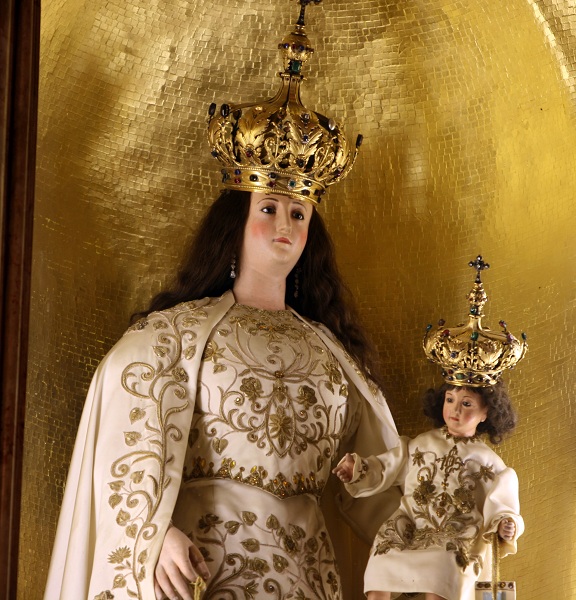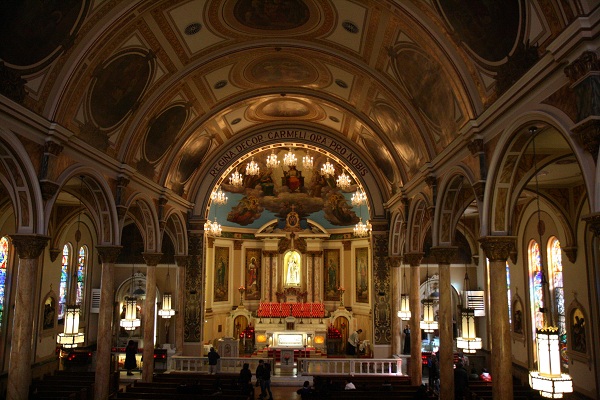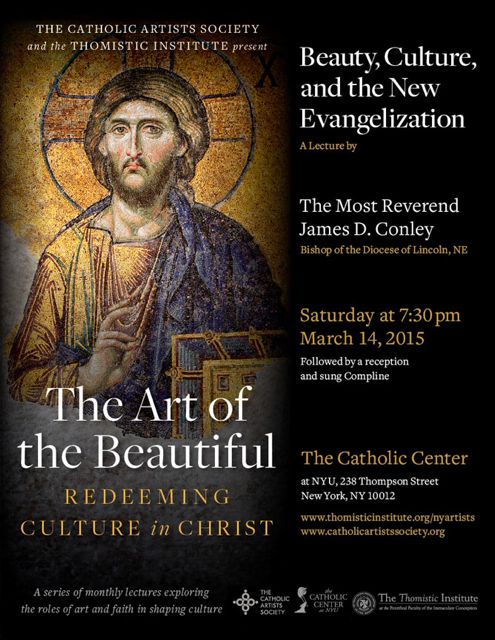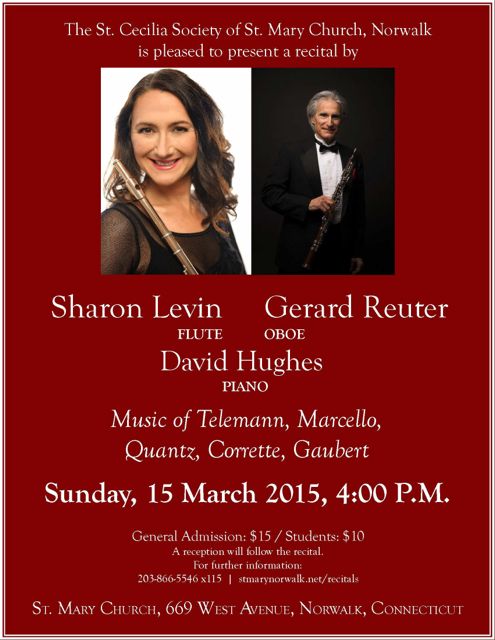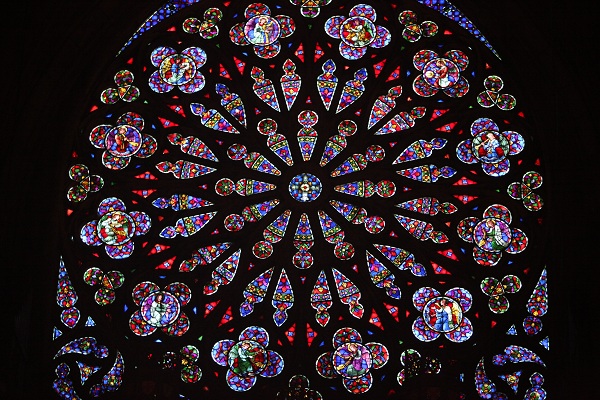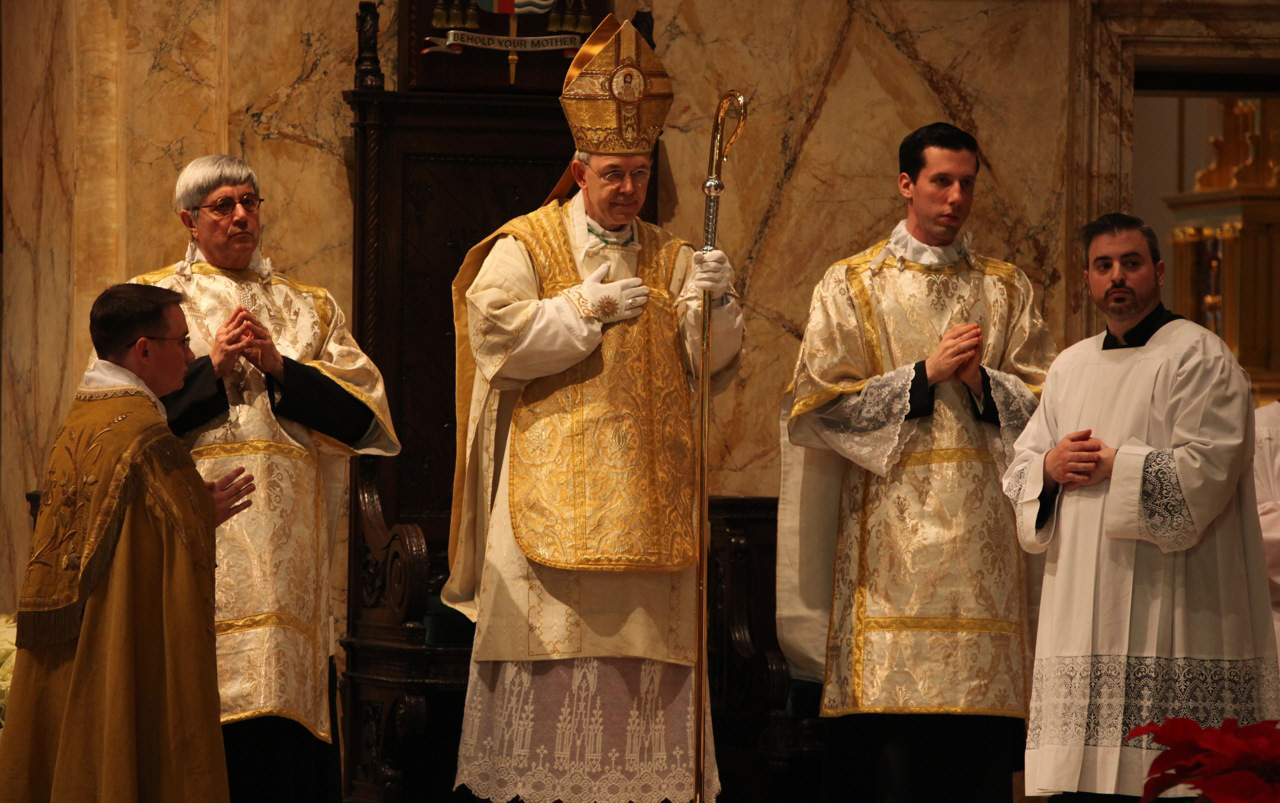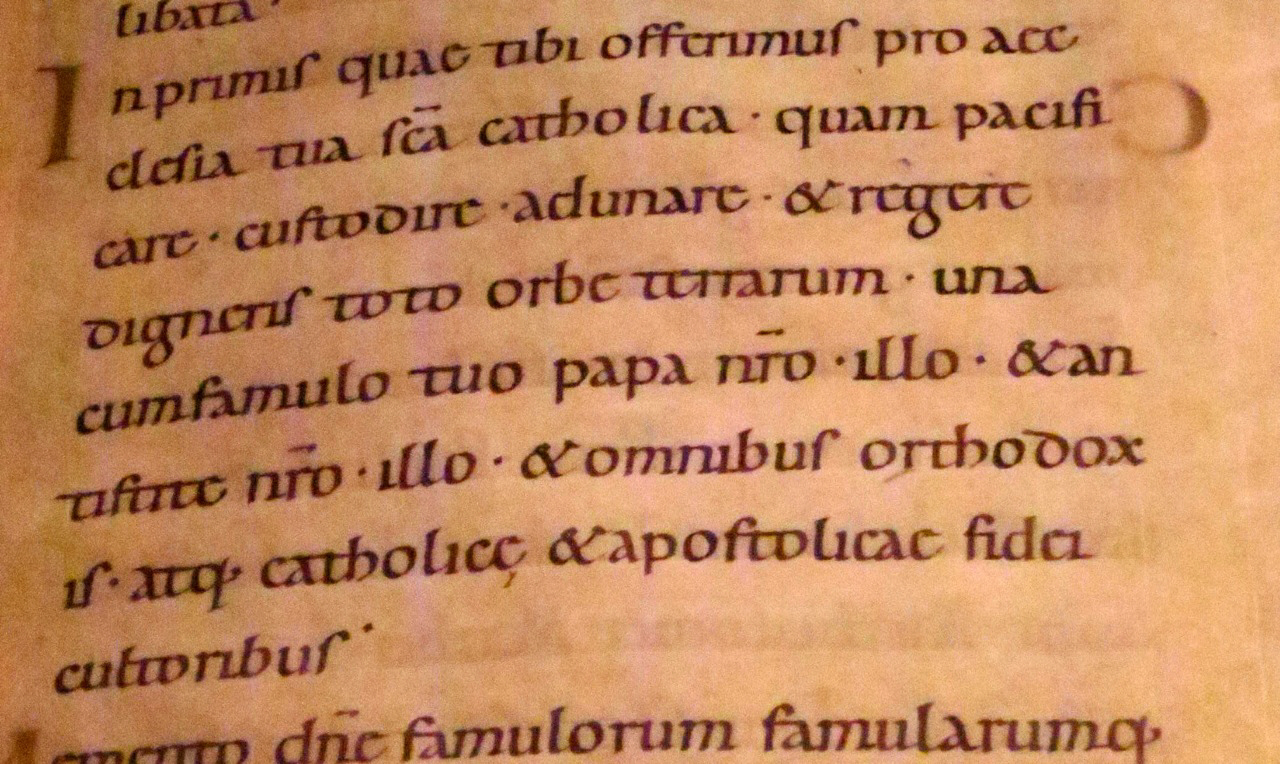On Tuesday, May 12 at 7:30 PM, The Society of St Hugh of Cluny will be sponsoring lectures by Martin Mosebach and Prof. Luc Perrin at the church of Holy Innocents, New York. The evening will begin with the celebration of a Solemn High Mass at the church at 6:00 PM.
The previous evening, May 11, Mr Mosebach, sponsored by the New York Goethe Institut, will be reading from What was Before, the first of his novels to be completely translated into English.
We are grateful to be able once again to welcome these leading intellectuals to our city and region. We also thank in advance the pastor, Fr. Villa, and the community of Holy Innocents for hosting the May 12 lectures.
Further details of both events will be provided in a subsequent post.








